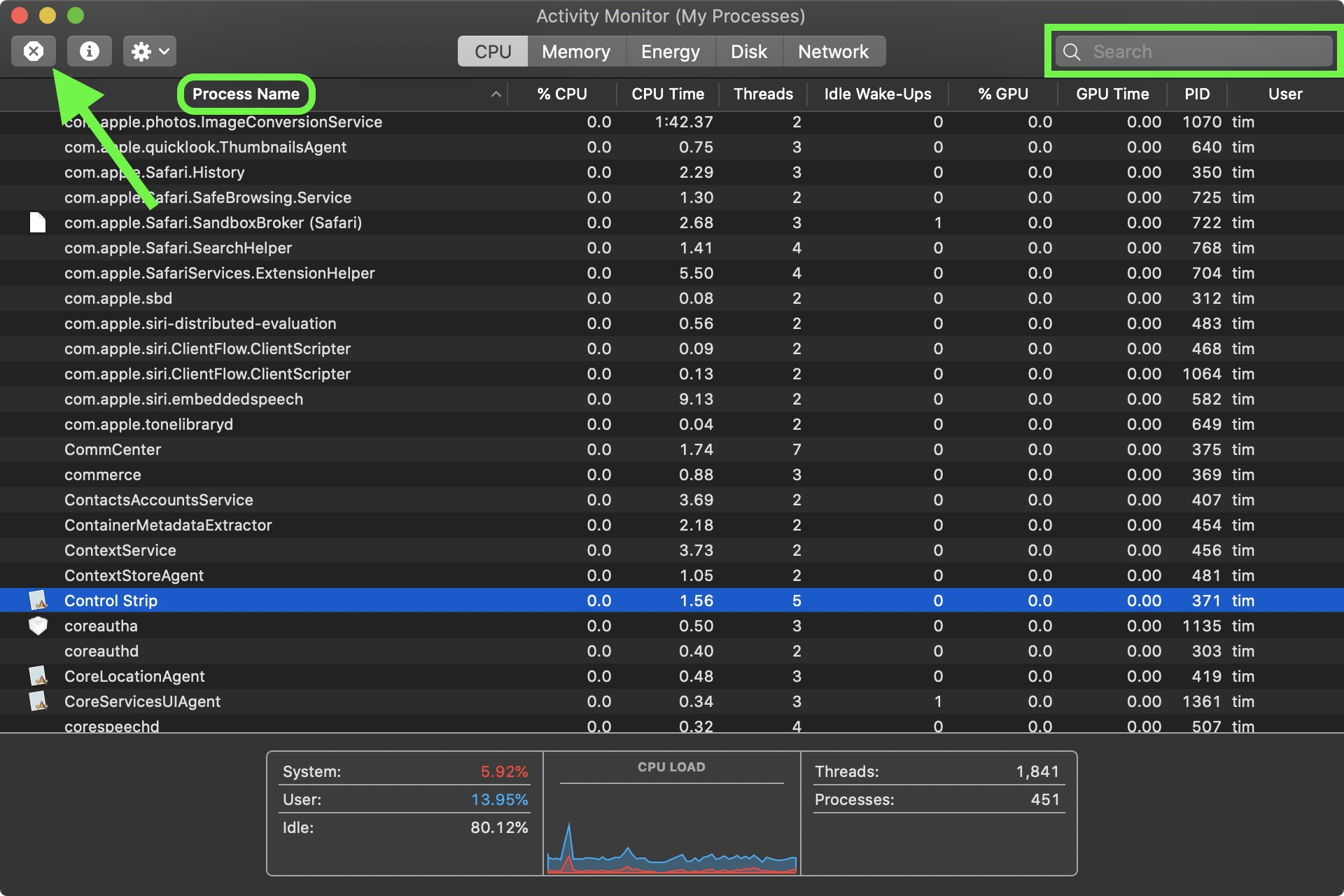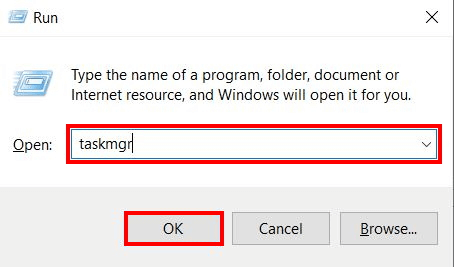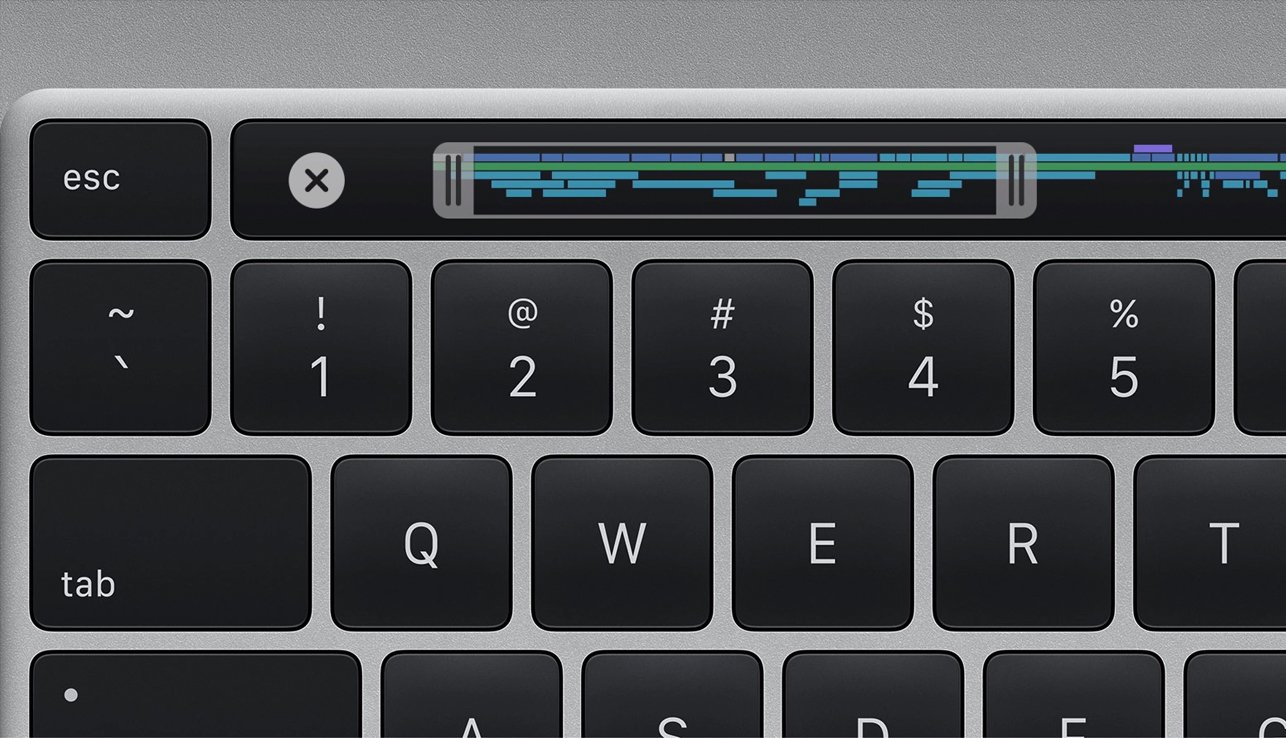

- KEYBOARD SHORTCUT MAC TASK MANAGER HOW TO
- KEYBOARD SHORTCUT MAC TASK MANAGER FREE
- KEYBOARD SHORTCUT MAC TASK MANAGER WINDOWS
Go to Activity Monitor’s Network tab to see how much bandwidth the processes are using. If you are having internet problems, if some network accounts are unavailable, or if network connections fail often, then you should check Network activity on your Mac. Here you can check how much data is being written to and read from your Mac’s drive by different processes, as well as the number of times that your Mac accesses the disk. This part of Activity Monitor allows users to troubleshoot or monitor real-time disk activity. Most users don’t need to worry about the Disk tab. Find the apps that are using the most energy, and if you don’t need them at the moment, close them. Here you can find the data relating to how apps use your Macbook’s battery. To get this information, switch to the Energy tab within Activity Monitor. If your Macbook’s battery is draining very quickly, we recommend checking the programs which are using the most energy.
KEYBOARD SHORTCUT MAC TASK MANAGER HOW TO
How to find apps that are using and draining the most battery life In the Activity Monitor app, go to the Memory tab, sort programs by memory usage, and close the apps that use the most memory.
KEYBOARD SHORTCUT MAC TASK MANAGER FREE
To create more free space, find the programs that use the most memory and close unused ones. In this case, there is most likely not enough free RAM on your Mac for your programs to function properly.

One example is when programs work slowly and documents even open slowly, but without overheating or the fans making noise. If your computer is running slowly, there are several indicators that your Mac’s performance is due to limited RAM. Sort the list of programs by CPU column, find out the programs that use most CPU, and close such programs. In this case, launch Activity Monitor and go to the CPU tab. You can identify such programs with the help of Activity Monitor. Most likely there are some programs that are consuming a large portion of processor load. If your Mac starts working too slowly, it overheats, the fans work continuously and make noise, and programs may freeze. With help from Activity Monitor, we will identify the programs and processes that are consuming too much of your system’s resources. Now let’s take a closer look at each parameter of open programs on a Mac. *For more tips like this, see our previous article Top 8 most useful Terminal Commands. If you need to view a list of the most voracious applications that consume the most bytes, sort them by CPU: Just open the Terminal and type only one word: Use Terminal* to view a list of running processes.įor those who prefer working with Terminal, there are simple commands to view the list of running programs. With Activity Monitor, you can monitor many parameters of the system, such as:Ģ. The app lets you easily view active processes that are running on your Mac, manage them, and even quit tasks or applications. Activity Monitor helps to identify such programs among a dozen apps running in the background.

How to see which programs are running on your MacĮven just one application or open process can significantly degrade your Mac’s performance.
KEYBOARD SHORTCUT MAC TASK MANAGER WINDOWS
In this blog post, we will explain the Mac equivalent of the Windows Task Manager and how to view running processes in macOS.ġ. The most frequently asked questions from new Mac users include: What is Control Alt Delete on a Mac, How to get Task Manager on a Mac, How to force quit on a Mac, and so on. While navigating the Mac operating system does have its own method, most users find it intuitive and quick to learn.

If you have recently switched from Windows to Mac, you may find that most Windows keyboard shortcuts don’t work on a Mac.


 0 kommentar(er)
0 kommentar(er)
